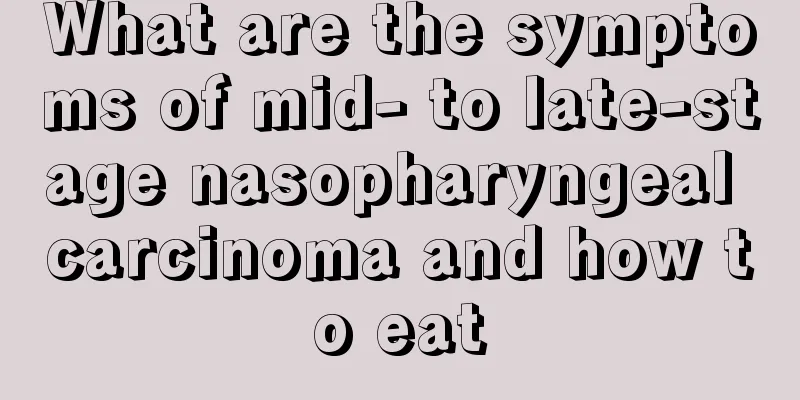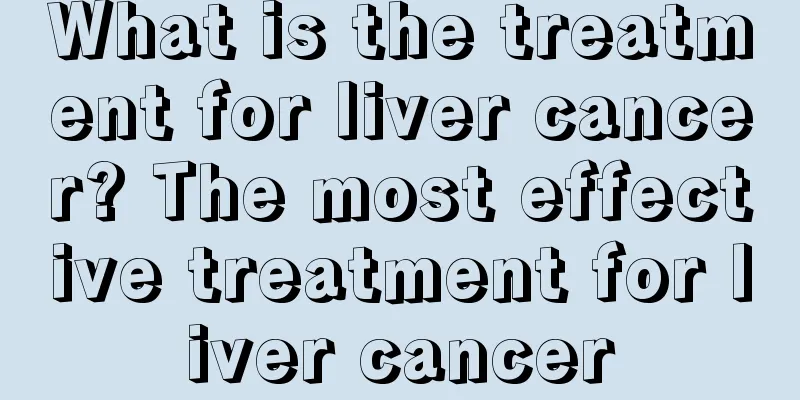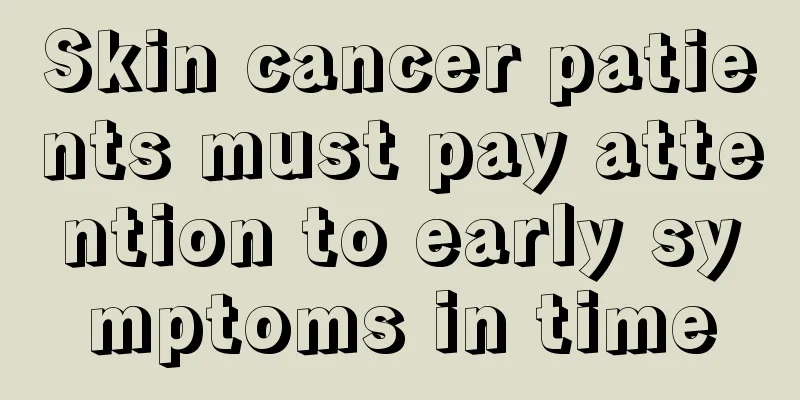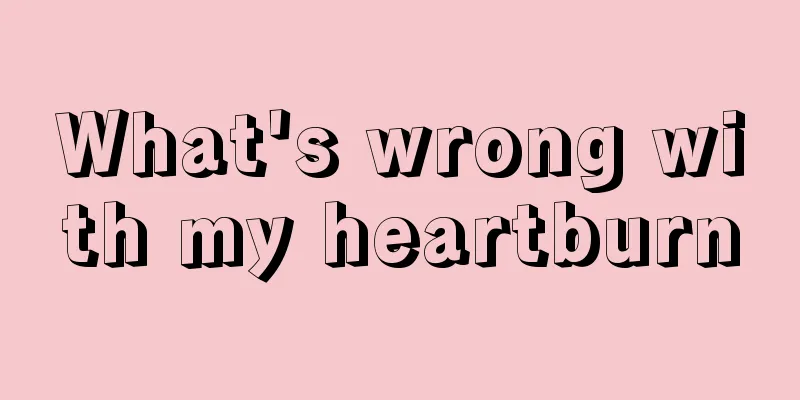The difference between Gelsemium elegans and Honeysuckle

|
Gelsemium elegans is a Chinese herbal medicine. It is very toxic and can be fatal. Honeysuckle is also a Chinese herbal medicine, but its taste is more pungent. They look similar on the surface, but there are fundamental differences. Many people say that Gelsemium elegans is honeysuckle, which is wrong. So what is the difference between Gelsemium elegans and honeysuckle? Gelsemium elegans is a general term for a class of plants: large tea medicine, wild star anise, red poison fennel, northern monkshood, hairy iron hammer, celery leaf clematis, greater celandine, ellipsoidal fruit Meconopsis, large-leaf corydalis, Millettia reticulata, ground ivy seedlings, asbestos corydalis, golden-top corydalis, yellow-root corydalis, golden hook Ruyi grass, Shizong corydalis, Pingwu corydalis, long-spur corydalis, capsule-free long-spur corydalis, southern corydalis, sea corydalis, carved-leaf corydalis, corydalis, urine pot grass, snake fruit corydalis, small-flowered corydalis, corydalis, stinking corydalis, small-flowered thorn bean, wolfsbane, tripterygium, Gelsemium, spotted stem gentian, sheep horn, ancient Uncaria rhynchophylla, ox-horn melon, henbane, Buddleja, dense-flowered jasmine, and begonia. An old Chinese medicine doctor, Mr. Chen, said that he saw a lot of tender green climbing plants beside the mountain path halfway up the mountain in the Mufu Mountain Scenic Area. This grass is the poisonous heartbreak grass, and because it looks similar to honeysuckle, it is often mistaken for it by some citizens. If it is picked by mistake, it may be harmful to your health. He warned that summer is the peak flowering season for various plants, many of which are poisonous weeds, so citizens should not pick plants randomly when climbing mountains to pick them. In addition to easily destroying the vegetation, it is also easy to cause danger. It is reported that "heartbreak grass" is also known as "Gelsemium elegans", its roots are light yellow and sweet. Its entire body is poisonous, especially its roots and leaves, which are the most toxic. The flowers of Gelsemium elegans generally grow at the joints and tops of branches, and the flowers grow in clusters, with often multiple flowers at one joint. Honeysuckle mainly grows at the "joints" of branches. The flowers grow in pairs, and usually only two small flowers grow at one "joint". If you accidentally ingest "heartbreak grass", you will experience poisoning symptoms such as heartburn, headache, nausea and vomiting, foaming at the mouth, and constant abdominal pain within a short period of time. If you accidentally ingest it, you should go to the hospital as soon as possible. |
<<: What conditioner to use for dry hair
>>: How to maintain oil leather shoes
Recommend
The advantages and disadvantages of eating white melon seeds
Melon seeds are a popular snack, but most of the ...
What are the early symptoms of brain cancer?
Frequent headaches may indicate brain cancer. Ear...
Does wolfberry cause internal heat?
Wolfberry is both a health "holy product&quo...
What is the cause of pain in the right kidney area
For the human body, almost every organ plays a vi...
What should I pay attention to one month after gastric bleeding?
Gastric bleeding is a relatively common stomach d...
How high blood pressure will cause cerebral hemorrhage?
Cerebral hemorrhage is a common physical disease ...
How to treat anal eczema?
The treatment and prevention of anal eczema shoul...
What to do if you have abdominal distension after gastric cancer surgery
During gastric cancer surgery, the vagus nerve is...
What is silicone oil and what are the hazards
Silicone oil has a wide range of uses and is used...
What is the treatment for acute viral myocarditis
Acute viral myocarditis is also a type of viral m...
Will bone cancer affect life expectancy
Bone tumors are tumors that occur in bones or the...
How to prevent pancreatic tumors?
Pancreatic tumors cause great harm to the patient...
What are the symptoms of bladder cancer patients
In the early stages of bladder cancer, the sympto...
Does prostate cancer have symptoms?
Prostate cancer usually has no obvious symptoms i...
Is spitting blood from nasopharyngeal cancer serious?
Generally speaking, nasopharyngeal carcinoma has ...









